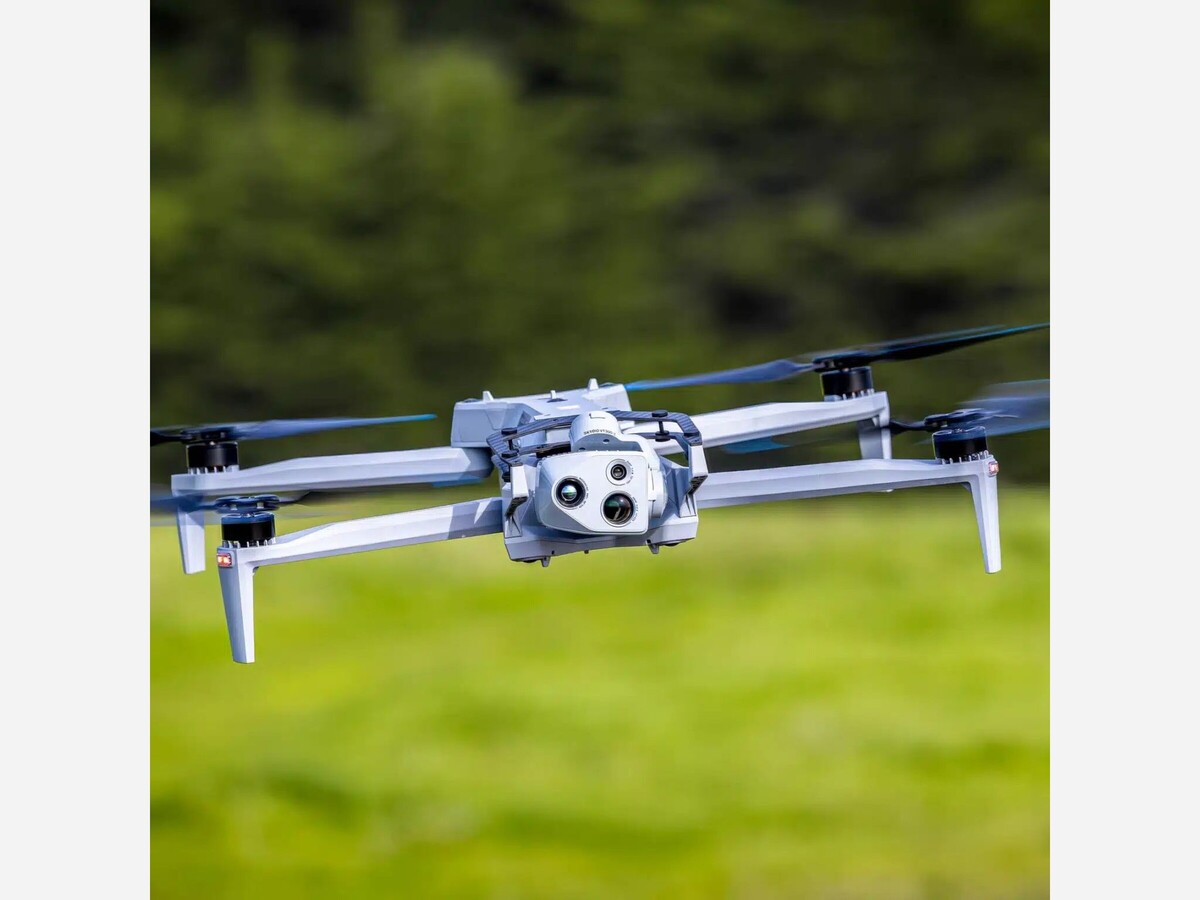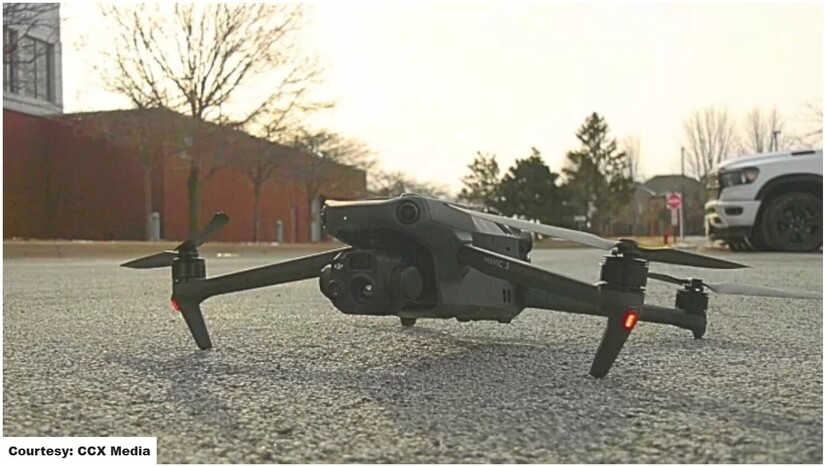Image


Brooklyn Park, MN — The Brooklyn Park Police Department (BPPD) is set to deploy a $4.6 million “Drones as a First Responder” (DFR) system, marking a major expansion of the city’s existing drone program. The initiative is designed to provide rapid aerial intelligence to first responders, improving response times, enhancing officer safety, and offering advanced situational awareness during emergencies.

The DFR system, unanimously approved by the Brooklyn Park City Council, will utilize drones purchased from Axon Enterprise, Inc., a leading provider of public safety technology. The program will feature:
According to Police Chief Mark Bruley, drones will be over nearly any location in the city within 40 to 120 seconds after a qualifying call is received, drastically reducing the gap between emergency calls and initial situational assessment.
The DFR system is intended to serve multiple tactical and public safety functions:
The BPPD has implemented strict policies to protect civil liberties and comply with Minnesota State Statute 626.19. Key restrictions include:
The adoption of the DFR system was influenced by a high-profile 2025 manhunt in Brooklyn Park. During that incident, the department’s existing drone program proved useful but highlighted a critical limitation: manual drone deployment could take three to five minutes, potentially delaying real-time situational awareness. The new autonomous system aims to provide near-instantaneous aerial coverage, addressing this gap.
The $4.6 million program will be implemented over a 10-year period as part of a broader contract with Axon. The agreement includes:
Chief Bruley described the DFR system as one of the most significant public safety enhancements in his three-decade career, citing its potential to save lives, protect officers, and improve emergency response efficiency.